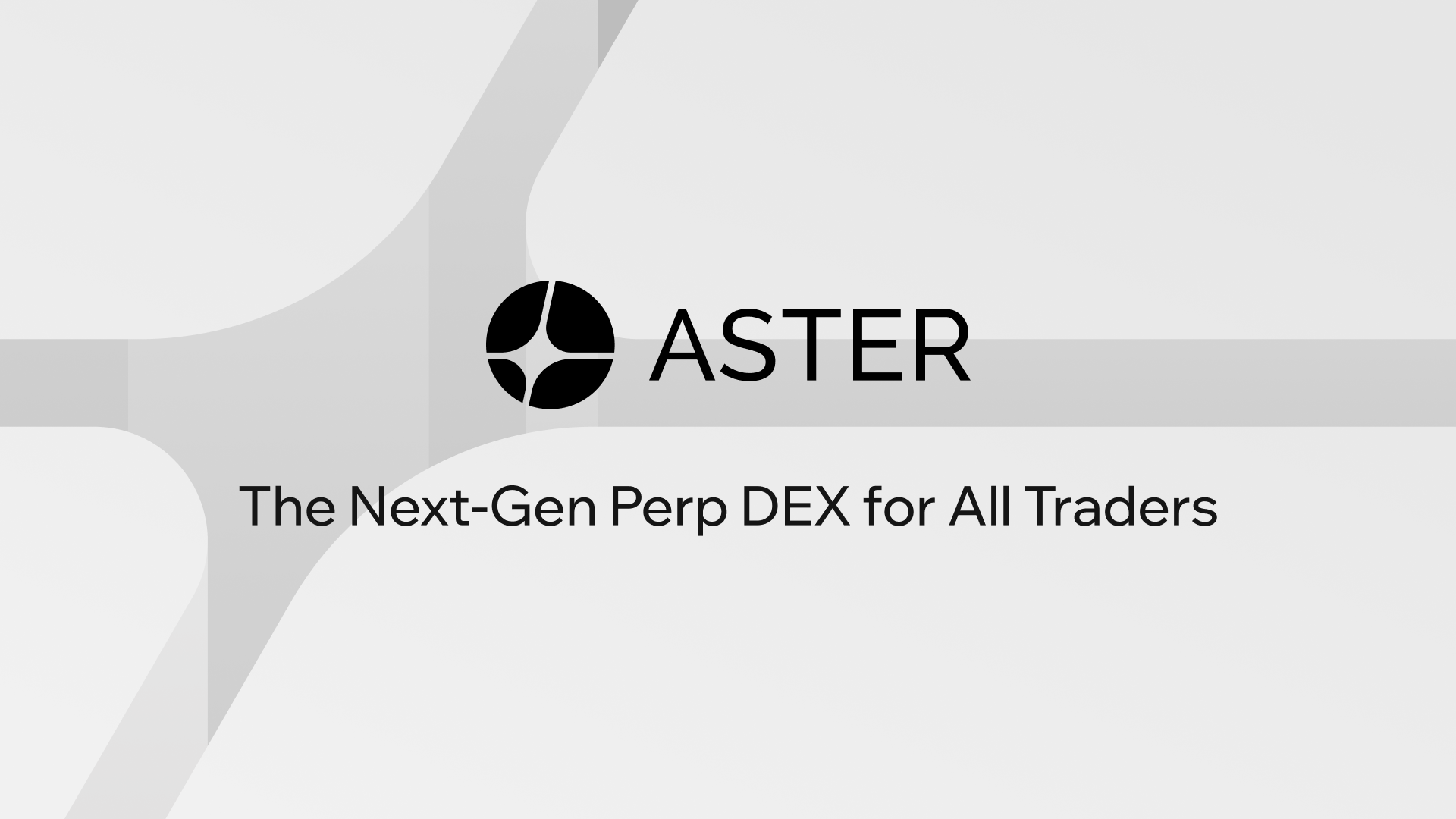Whoa!
I started watching Polkadot-based AMMs because frankly the fee story felt different.
Fees were tiny compared with what I was used to on other chains, and that really really changed my behavior.
At first glance low fees look like a free-for-all that just lets bots run wild, though if you dig a bit you see how protocol design, liquidity incentives, and routing work together to keep markets efficient while preserving trader economics.
Seriously?
The thing I love is that with smart automated market maker formulas you can have deep liquidity without massive slippage.
Pools are more capital efficient on Polkadot because substrate parachains let teams optimize parameters and cross-chain messaging reduces fragmentation.
My instinct said “this will be messy”, but reality turned out cleaner than expected, at least in a few projects I’ve tracked.
Initially I thought high throughput would automatically mean high bot activity and rent-seeking, but instead some designs kept fees low and MEV manageable through clever routing and concentrated liquidity, which surprised me.
Here’s the thing.
Liquidity pools aren’t a single thing; they come in flavors — constant product, concentrated, hybrid curves.
Each choice affects fees, impermanent loss, and how AMMs route trades across the network, so picking the right curve for the desired pairs is kind of an art.
I remember adding into a DOT-stable pair and watching fees be so low that small retail traders could arbitrage away inefficiencies quickly, which in turn tightened spreads and made the pool more attractive overall.
On one hand low fees mean cheap swaps for users, but on the other hand LPs need incentives that offset impermanent loss, and the balance is tricky especially when yield farming promises lure capital with short-term rewards, which is very very important to long-term health.
Hmm…
Automated Market Makers are deceptively simple at the surface.
You deposit two assets, traders swap against your pool, and fees get distributed; yet the math beneath—curves, slippage functions, and fee tiers—decides whether LPs get paid or get squeezed.
I tried tweaking fees in a testnet pool and learned that a tenth of a percent can flip incentives for certain traders, which was a small lesson but a big behavioral nudge.
There’s also cross-pool routing to consider: when an AMM can route through intermediate pools, depth effectively increases and individual pool fees can stay low while the network still realizes efficient price discovery.
Wow!
Check this out—image time.

That diagram is a simplification, but it helped me see how low per-swap fees compound into large UI benefits for retail users.
When transactions cost pennies instead of dollars, experimentation goes up, and more users try swaps they otherwise wouldn’t, which grows on-chain activity in meaningful ways.
Practical tradeoffs: fees, LP rewards, and MEV
One practical way to see this in action is to use protocols that intentionally set low swap fees but pair that with dynamic LP incentives so liquidity providers are still rewarded during volatile periods.
I found a particularly clean UX on some Polkadot DEXes where swap receipts clearly showed how fees were split, which made decisions feel less like a black box.
For a hands-on look at an implementation that balances these elements, check the aster dex official site where they outline fee tiers, pool types, and routing strategies in a straightforward way.
I’m biased, sure, but having that transparency reduces my friction to add liquidity or take a trade.
Okay, so check this out—there are three levers teams pull to keep fees low while preserving LP returns.
First, improve capital efficiency with concentrated liquidity or hybrid curves so smaller amounts of capital provide more depth.
Second, use dynamic fee mechanisms that raise fees during volatility and lower them during calm markets to protect LPs and keep everyday trades cheap.
Third, layer incentive programs that top up LP yield when impermanent loss risk is high, instead of relying solely on inflated token emissions.
These approaches aren’t mutually exclusive, and often the best designs stitch two or three together depending on the trading pairs and user base.
I’m not 100% sure all projects get it right.
Some teams over-index on token rewards and under-engineer fee dynamics, which creates short-term liquidity but long-term churn, and that’s somethin’ I watch for.
That churn is visible when pools dump as soon as incentives taper, leaving traders with worse spreads and higher slippage than before.
The good ones design for the steady-state market, not for a hype cycle, and they think about governance, oracle robustness, and cross-chain bridges from day one.
In a way it’s like building a small town versus staging a pop-up festival—both attract crowds, but only one stays sustainable.
My instinct said the town metaphor was a bit much, but it stuck.
Here’s what bugs me about some liquidity mining pitches: they promise APYs that are unsustainably high without explaining the dilution mechanics.
Traders care about execution — price impact, final received amount, and confirmation times — and low fees help all three, especially when execution costs are predictable.
If you chase only TVL numbers you miss the nuance of usable liquidity, and that matters to DeFi traders who want repeatable strategies.
Seriously, repeatability beats headline APY most days.
I’ll be honest: I still tinker with pool parameters on testnets.
Sometimes I get surprised, and sometimes small changes produce outsized behavioral effects that are hard to predict.
On one hand the tech is maturing quickly, though on another hand governance and incentive design lag behind, which creates risk.
Ultimately, if you care about cheap swaps and robust liquidity on Polkadot, look for AMMs that publish their math, stress-test curves, and provide clear fee mechanics.
Hmm… that’s where thoughtful traders can find an edge without being reckless.
